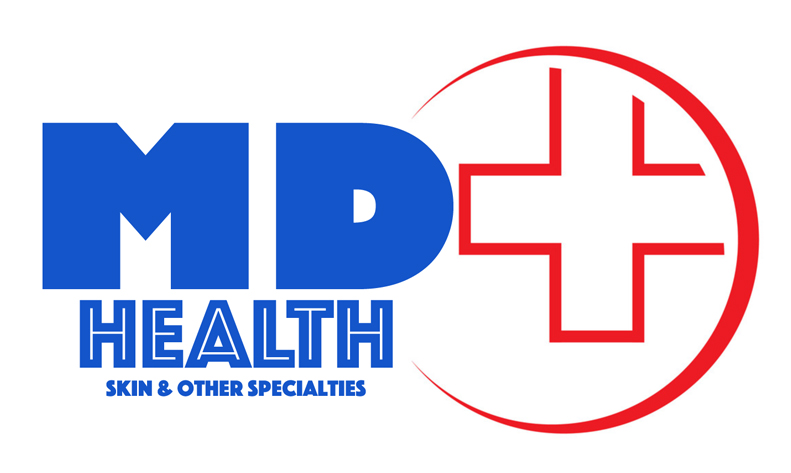VITILIGO TREATMENT
Expertise in Dermatology
Our skin treatment clinic boasts a team of highly skilled dermatologists with extensive experience in addressing a wide range of skin concerns.
Customized Treatment Plans
No two skin types are alike, and neither should the treatment plans be. Our clinic provides tailored solutions for each individual, addressing specific concerns.
Commitment to Safety
We adhere to the highest standards of safety protocols, ensuring that every procedure is conducted with precision and care. Your well-being is our foremost concern.
Restoring Harmony: Approaches to Vitiligo Treatment
Vitiligo is a skin condition characterized by the loss of pigment, resulting in white patches on the skin. While there is currently no cure for vitiligo, various treatments exist to manage its symptoms and improve the appearance of affected areas. In this guide, we will explore different approaches to vitiligo treatment, ranging from topical solutions to advanced therapies.
-
Topical Corticosteroids:
-
How it works: Topical corticosteroids are anti-inflammatory medications that can help suppress the immune response, reducing inflammation and repigmenting the skin.
-
Application: Apply the prescribed corticosteroid cream or ointment to affected areas, following the dermatologist’s instructions for duration and frequency.
-
Considerations: Prolonged use of strong corticosteroids may have side effects, so treatment should be monitored by a healthcare professional.
-
-
Topical Calcineurin Inhibitors:
-
How it works: Calcineurin inhibitors like tacrolimus and pimecrolimus modulate the immune system and may help repigment areas affected by vitiligo.
-
Application: Apply the topical calcineurin inhibitor as directed by a dermatologist, particularly on the face and areas with thinner skin.
-
Considerations: Regular follow-ups are essential to monitor progress and address any potential side effects.
-
-
Phototherapy:
-
Narrowband UVB Phototherapy:
- Controlled exposure to narrowband UVB light can stimulate repigmentation in areas affected by vitiligo.
-
Psoralen + UVA (PUVA) Therapy:
- Psoralen, a light-sensitizing medication, is combined with UVA exposure to encourage repigmentation. This method may be used for more widespread vitiligo.
-
Considerations: Phototherapy is usually administered under the supervision of a dermatologist to monitor progress and minimize potential side effects.
-
-
Excimer Laser:
-
How it works: Excimer lasers deliver targeted UVB light to stimulate melanocyte activity in vitiligo-affected areas.
-
Application: The dermatologist will use the excimer laser during in-office treatments, adjusting the wavelength for specific areas.
-
Considerations: Excimer laser therapy may be more suitable for localized vitiligo, and multiple sessions are often required.
-
-
Micropigmentation (Tattooing):
-
How it works: Micropigmentation involves tattooing tiny pigment dots into depigmented areas, creating the appearance of a more even skin tone.
-
Application: The procedure is performed by a skilled practitioner trained in micropigmentation techniques.
-
Considerations: While micropigmentation can provide camouflage, it does not address the underlying cause of vitiligo and requires touch-ups over time.
-
-
Depigmentation:
-
How it works: For widespread vitiligo, depigmentation may be an option, where unaffected skin is lightened to match the depigmented areas.
-
Application: This process involves applying depigmenting agents under the supervision of a dermatologist.
-
Considerations: Depigmentation is typically considered when vitiligo affects a significant portion of the body, and the decision should be made carefully.
-
Vitiligo treatment is a nuanced process, and the choice of approach depends on factors such as the extent of depigmentation, individual preferences, and potential side effects. Consulting with a dermatologist is crucial to develop a personalized treatment plan tailored to the unique needs of each individual with vitiligo. While there may not be a one-size-fits-all solution, various therapeutic options offer hope for managing symptoms and improving the quality of life for those affected by vitiligo.
Our Doctors
Make an Appointment
Dr. Bincy Varghese
MBBS, MD - Dermatology , Venereology & Leprosy
Dr Dwaraka Pallavi
MBBS, MD - Senior Consultant Dermatologist
Dr. Hemant Madan
MBBS, MD - General Medicine, DM - Cardiology
Dr. Arjun. S. Shenoi
MBBS, MD - General Medicine, DNB - Cardiology
Dr. Saurabh Chopra
MBBS, MD - General Medicine, DM - Cardiology
Dr. K. Nath
MBBS, MD - Senior Consultant General Physician & Corporate Consultant
Dr. Akanksha Srivastava
MBBS, MD - Gynaecologist

